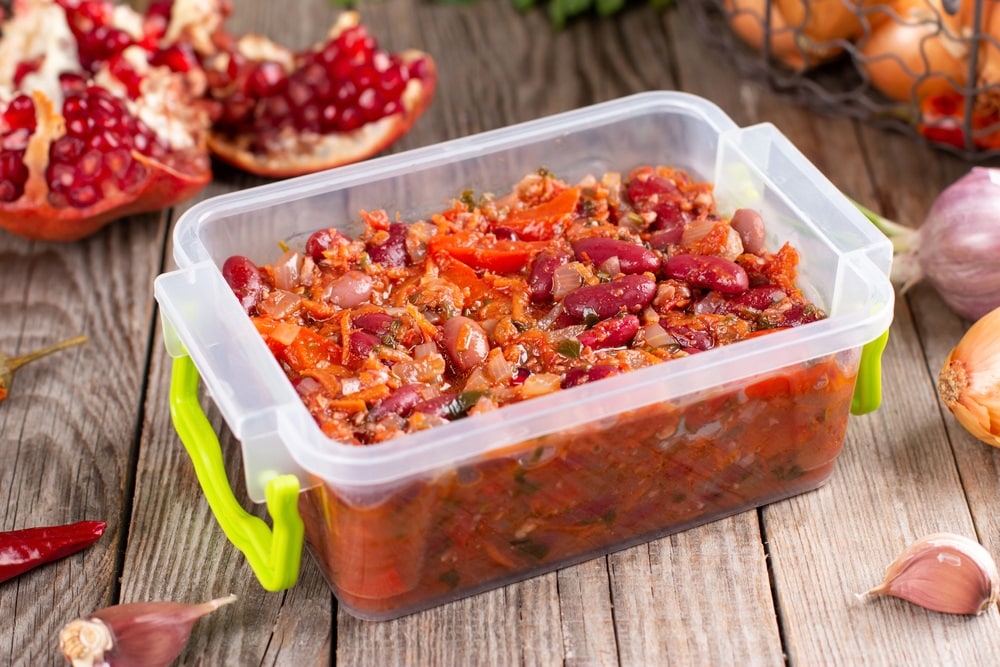
Beans are one of those staple items that can be found in anything. Beans can be prepared and eaten as a side, in stews, in chillis, as well as fillings in salads and wraps. When dried, beans can also be stored for long so that they can readily be on hand when needed.
Not only do dried beans tend to be more inexpensive compared to canned beans, but dried beans come in many varieties, which gives bean lovers more options.
Beans: Storing, Thawing, Reheating
To keep dried beans as fresh as possible, there are certain things that you have to remember. For instance, you should try to consume dried beans within a year of purchase; the longer they sit on the shelf, the longer it takes them to prepare.
If you store dried beans properly, they should be safe to consume for several months in your pantry.
What to remember when storing dried beans?
As a rule of thumb, dried beans should be stored in food-safe storage containers that come with tight-fitting lids to keep them as fresh as possible.
Although plastic bags can still be used as an alternative, beans tend to dry out faster when stored in plastic, which is something that you may want to consider if you are interested in long-term storage.
Before storing dried beans, ensure that you clean and rinse them thoroughly. Beans typically come full of twigs, pebbles and other small rocks that must be removed to make them safe for consumption.
Before cooking, beans should be soaked for a number of reasons. Soaking beans not only results in shorter cooking times, but it also preserves the nutrients so that they are not lost during prolonged heating or boiling. Beans can be soaked overnight or for a short time before being prepared.
Store in a cool, dry place
After the preparation process is complete, the beans should be stored in a cool, dry place away from direct sunlight. You should not store dried beans in a refrigerator as the beans may absorb and accumulate moisture that will cause them to turn faster than expected.
Storing leftover beans
Bean dishes usually thicken as they continue to cool down; the different flavors and aromatics used also continue to blend when kept overnight.
As such, bean dishes are typically even tastier when eaten the next day. To keep the beans fresh, you should store them in an airtight container. Make sure that you consume them within 4 days of preparation.
Freezing cooked beans
If you intend on freezing your beans for future use, consider undercooking them slightly so that they can maintain their shape and texture before you have to thaw and reheat them.
When freezing, try and keep the portions small so that they can thaw easily. The containers that you use should be airtight and moisture-proof. Ensure that you leave plenty of space in your freezing container to make room for imminent expansion.
Thawing and reheating your frozen beans
To maintain the shape and texture of your beans, they should be thawed slowly. As such, consider allowing them to thaw in the refrigerator first so that thawing can occur naturally and without heat.
After thawing, place them in a pressure cooker and add the minimum amount of water needed to bring them to pressure. If you intend to cook them, ensure that you cook thoroughly for at least 2 to 3 minutes or longer if undercooked under medium heat.



